Let’s be honest, 2020 was a terrible year.
Australian bush fires, the deaths of well-loved celebrities, civil unrest in the US and, of course, the COVID-19 pandemic all produced a global symphony of fear, negativity, and frustration.
Luckily for the cannabis industry, there has been some good news according to a report published by Brightfield Group as part of their 2020 year-end analysis.
After a rocky 2019 and the 2020 pandemic shortly after, things looked bleak. Brands were strapped for cash and the only way they could navigate the minefield was to put their brains in gear and smarten up.
Let’s take a look at Brightfield Group’s findings from 2020 and how 2021 looks going forward.
Top trends in 2020:
- Consumers chose seasonal cannabis flavors in 2020 — mint did well in the winter, while fruity flavors did well in summer
- Cannabis and cannabis-related products helped alleviate pandemic stress — 81% of users said they consumed cannabis to help with feelings of anxiety and stress
- Cannabis product innovation was on the up in 2020 — cannabigerol and cannabinol products were introduced quite heavily into the market
- Cannabis candy, cannabis resin/rosin, cannabis cartridges/pods, cannabis baked goods, and disposable cannabis pens did well in 2020
- Cannabis drinks, cannabis bud/flower, and cannabis tincture and topicals didn’t do quite as well (compared to other years)
- An increase in celebrity interest partly contributed to cannabis success in 2020
- Cannabis in 2021 looks promising with more states legalizing recreational and medical use — more sales, more competition, increased innovation
Cannabis Innovation Trends in 2020: Key findings

1. Seasons change (and so do consumer choice of cannabis flavors)
Seasonality is a big thing in and out of the cannabis industry and the trend will continue to increase over the next couple of years.
“Flavors with strong associations to specific seasons can already be seen in the US cannabis market”, says Brightfield.
“For example, in winter 2019/2020, mint-flavored cannabis products grew in share of shelf. However, mint then lost distribution in April as fruity flavors increased in distribution”.
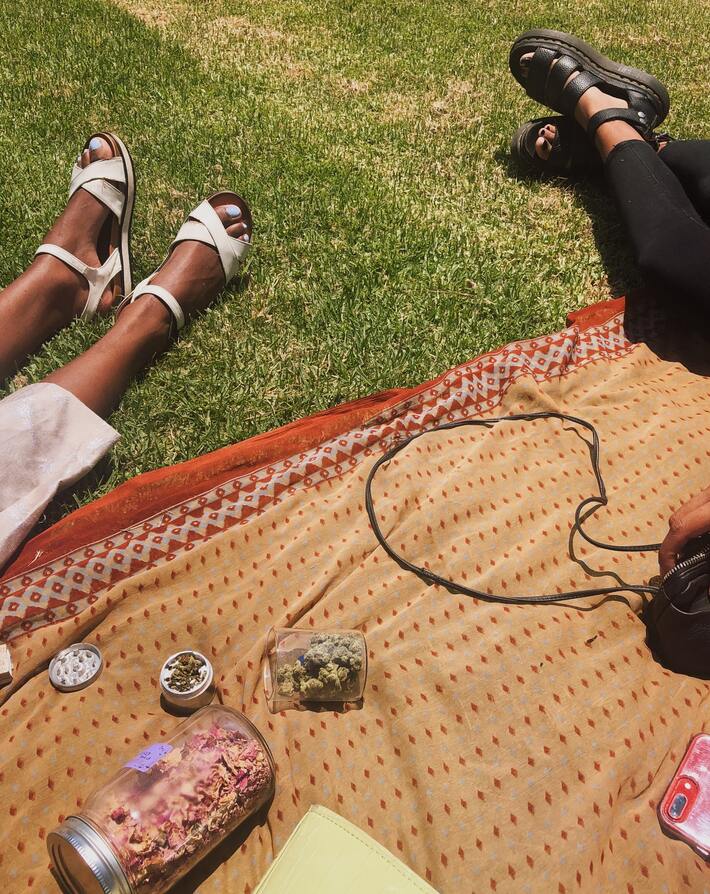
It’s clear that product type will matter going into 2021, particularly when brands want to capitalize on the tastes and flavors of each season. You already have normal winter drinks, summer food, and everything in-between, but it’s difficult to do this with cannabis.
Brightfield acknowledges brands need to be creative as we enter into 2021 and beyond.
2. Cannabis consumption helped alleviate pandemic stress
Referencing a November 2020 survey, Brightfield notes consumers readily chose cannabis products designed for relaxation and stress relief.
The survey revealed 81% of consumers consumed cannabis to deal with daily stresses related to the pandemic, which is “reflected in the growth of products positioned for relaxation and stress relief”.
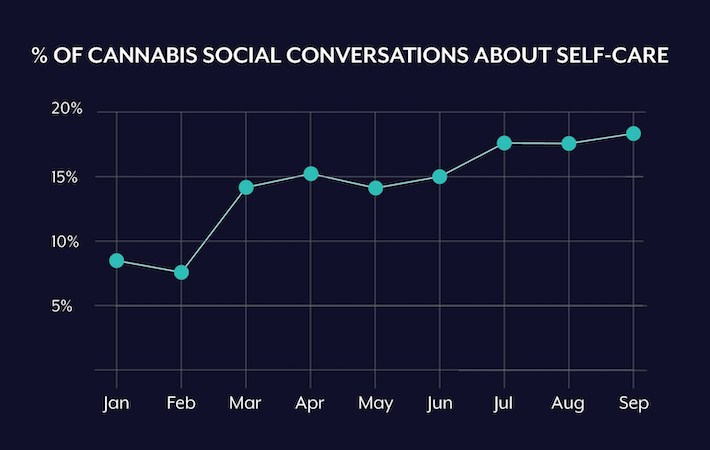
This is hardly surprising. Cannabis and cannabis-related products have unofficially been touted as an alternative medicine for not only stress relief and relaxation but also depression, anxiety, and sleep.
“Together, these two positionings increased in share of shelf by 10 percentage points this year, while other positionings like ‘beauty & personal care’ and ‘intimacy’ went down”, Brightfield added*.
Let’s be honest, beauty and personal care products were hardly going to be flying off the shelves in 2020 anyway. The pandemic caused a complete global shutdown. Many parts of the world barely saw the outside world for months at a time. No-one cared what they looked like sitting around at home in PJs.
3. Cannabis product innovation took center stage (CBD and THC weren’t the only cannabinoids people talked about)
CBD and THC will always be the most recognized cannabinoids found in varieties of cannabis, but 2020 saw brands and users alike showing interest in others as well.
Brightfield reports “innovations in cannabinol (CBN) and cannabigerol (CBG), both part of a growing trend in differentiation”.
We expect to see more minor cannabinoids utilized in 2021. Many cannabinoids are often ignored in favor of CBD and THC.
CBN, for example, is a promising cannabinoid. May have neuroprotective, anti-inflammatory, and antibacterial qualities. It may also help tackle glaucoma, as well as work as an appetite stimulator.
4. There were some cannabis product winners in 2020
There are winners and losers in every industry — cannabis is no different. According to Brightfield, the product types that flourished in 2020 include:
A. Cannabis candy
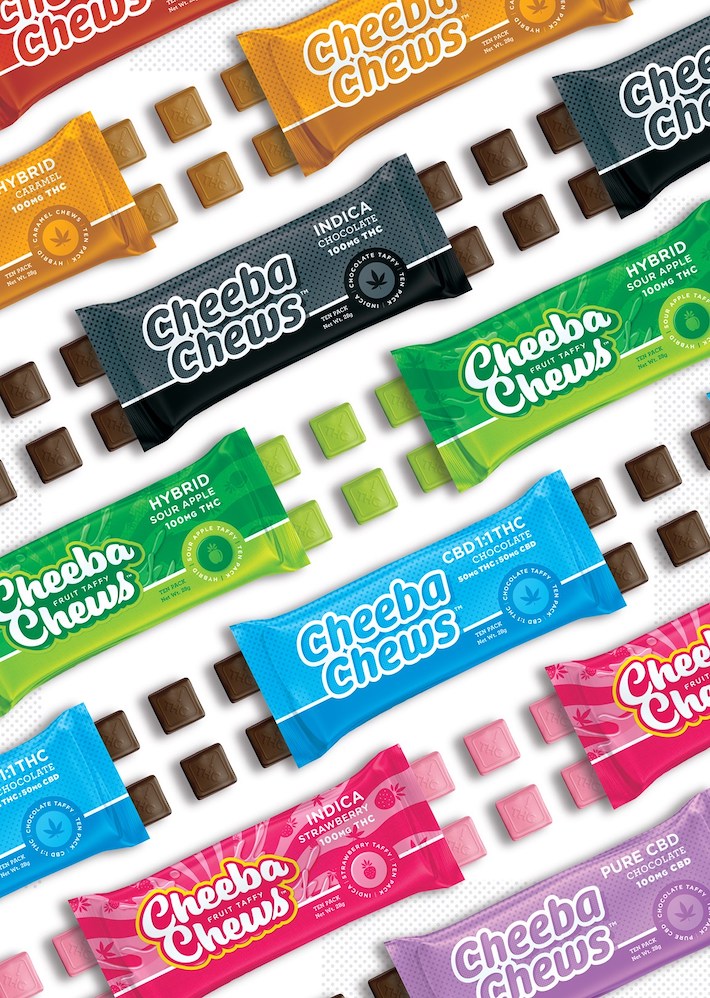
Cannabis candy is our personal favorite cannabis product currently on the market (aside from cannabis flower and cannabis concentrates). They’re super easy to use and the flavors are pretty phenomenal. Not always the most potent choice but ideal for beginners who require a slight buzz as opposed to a whopping great high.
Many users in 2020 preferred to purchase cannabis candies designed for relaxation, most likely due to the pandemic and other related stressors. We consumed more than a couple this year and we bet you did too!
Cannabis candies labeled as “Natural” were also incredibly popular. Brightfield believes this is due to shifts in attitudes towards what people consume on a daily basis. Terms such as “non-GMO”, “vegan, and, of course, “natural” are more appealing. This mirrors the trends seen in regular food and drinks, where people are opting for a more health-conscious” lifestyle.
According to Brightfield, luxury and premium cannabis candies were on the up in 2020 also, gaining 5 percentage points and 4 percentage points of distribution, respectively.
On the other side of the spectrum, budget cannabis candies became less popular, losing 6 percentage points of distribution.
Top cannabis candy flavors of 2020:
- Raspberry
- Watermelon
- Strawberry
- Fruity
- Chocolate
B. Cannabis cartridges and pods
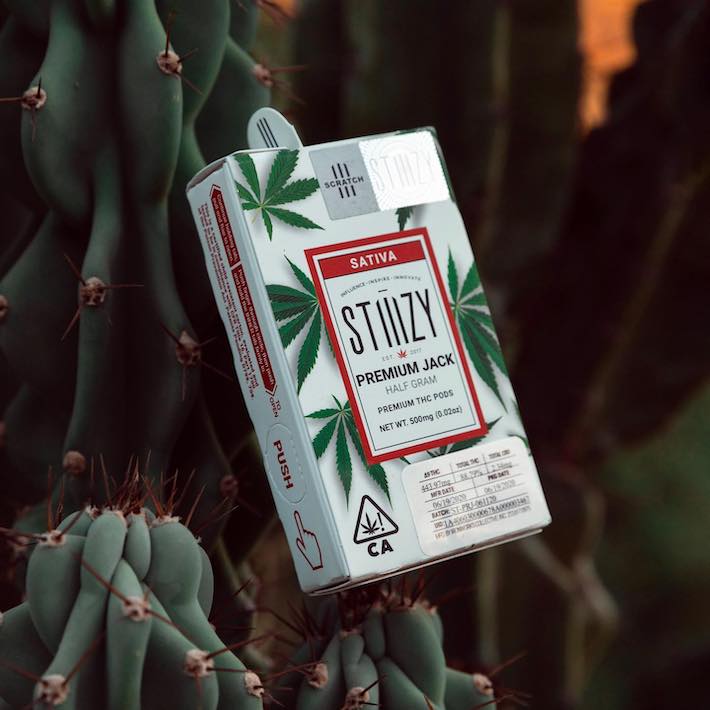
Cannabis cartridges and pods did very well in 2020. After a shitty 2019 in the vape industry, both the aforementioned “were the most distributed cannabis product types for 2020, with a 22% YTD share of shelf”.
Similar to cannabis candy, cannabis cartridges and pods designed for stress-relief and relaxation were the most popular. Again, this is most likely a consequence of the pandemic and associated mental health issues.
The best thing about cannabis cartridges and pods is how immediately effective they are. No need to sit and wait for effects and benefits to begin — you get relief, relaxation, and stress-reduction within 5-10 minutes.
One of the best-selling cannabis cartridges and pods of 2020 was Stiizy’s Premium 1:1 CBD:THC Cannabis Pods, made using a KC-33 and Afghani strain combination. Designed for relaxation, euphoria, and mood-enhancement. Not too strong but enough for the CBD and THC to work in tandem, resulting in a balanced high without the dreaded “couch-lock”.
Top cannabis cartridge and pod positioning
- Natural
- Relaxation
- Focus & Creativity
C. Cannabis resin and rosin
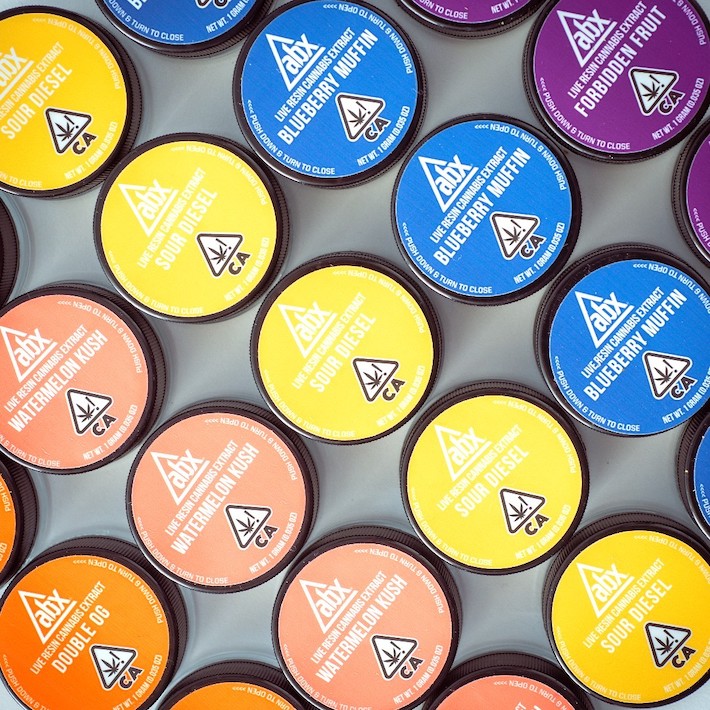
Cannabis concentrates like resin and rosin are often seen as the superior choice for seasoned cannabis vets. They’re high in THC and very potent. Hits up to around 35-90%+ THC. Super effective for users with a high THC tolerance needing something to knock them flat on their ass (in a good way hopefully!)
It’s no real shock that cannabis resin and rosin did well in 2020. Both types of concentrates are often said to be the cleanest, purest, and most effective on the market. No solvents are used during extraction.
They’re made from extracts taken directly from frozen cannabis plants. The extraction process uses unique, state-of-the-art techniques that help retain valuable cannabinoids, terpenes, and other beneficial plant compounds.
Live resin products came to market at the start of 2010-2011 but didn’t gain a lot of traction until later on.
According to Brightfield, cannabis resin and rosin “increased in share of shelf more than any other concentrate, gaining 3 percentage points to bring its YTD distribution to 6%”.
In other words, both cannabis concentrate types doubled in popularity among cannabis users.
D. Disposable cannabis pens
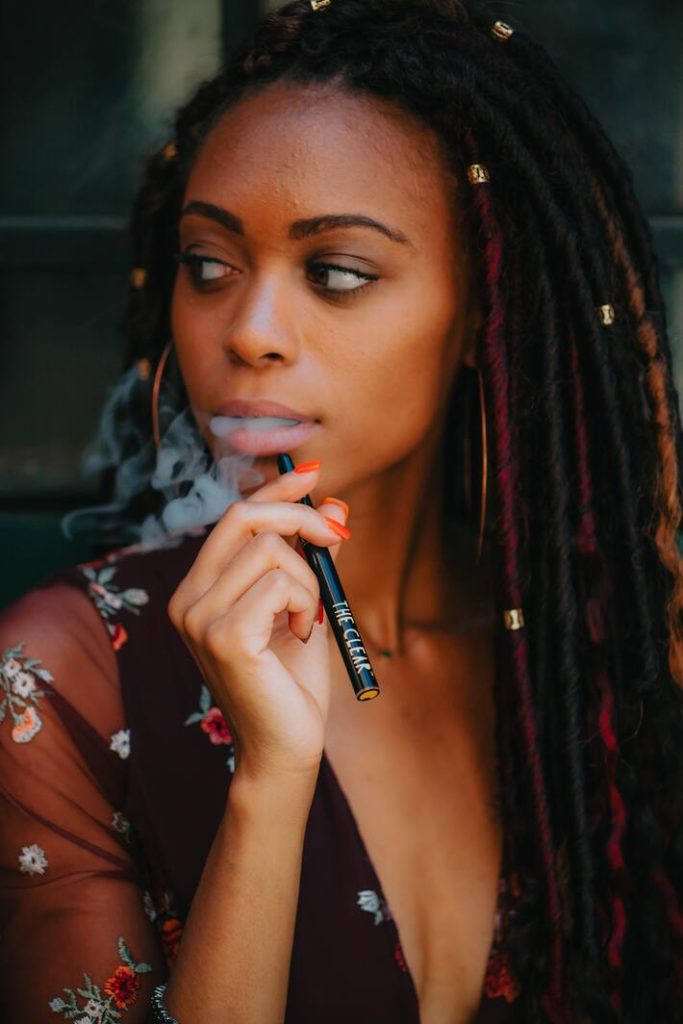
Disposable cannabis pens are the equivalent of cannabis flower pre-rolls insofar as convenience and ease-of-use. They’re already pre-filled with cannabis vape juice, taking the burden of filling them up yourself. Perfect for beginners.
It’s, therefore, no wonder they did so well in 2020.
Brightfield states disposable cannabis pens earned only 4% of shelf but its distribution “grew by 68% in 2020”. Stress-relieving disposable cannabis pens were the most popular. Their distribution rose by 18.7%. A steeper climb than both cannabis cartridges and pods combined.
Stress-relieving vape products (disposable or otherwise) are arguably the most effective ways to reduce stress-related symptoms. Benefits are immediate due to each plant compound entering directly into your bloodstream via your lung’s alveoli (tiny air sacs), bypassing the digestive system altogether.
E. Baked cannabis goods
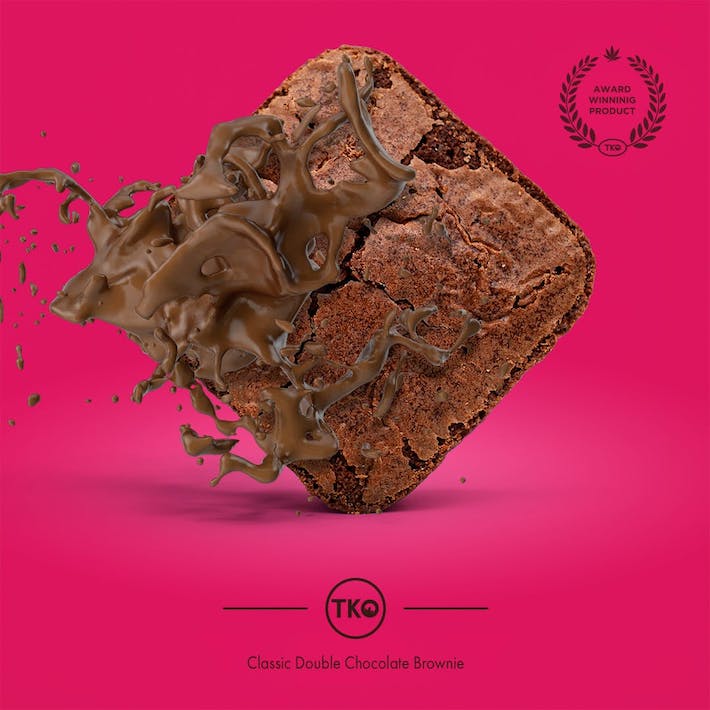
Baked cannabis goods are a staple in the cannabis market. Everyone knows a freshly-baked cannabis brownie or two will slowly but surely send you to the moon and back. They’re extremely tasty. Best for users with a sweet-tooth and a penchant for all things sugary and sweet.
Weirdly, cannabis baked goods haven’t really hit home for a lot of people over the years despite being a cannabis legend in the industry. Maybe DIY, homemade baked cannabis goods are a more popular choice
However, in 2020, baked cannabis goods did see some movement in the market, up 1% from last year, which is a 40% increase overall.
Hopefully, in 2021, baked goods will see a further rise, though we won’t hold our breath. They’re not the most cost-effective when purchasing them from dispensaries. You don’t save money in the long-term.
Our advice? Make them yourself at home.
5. And there were some cannabis product losers in 2020
Using a comedic subheading of the “not-so-winners”, Brightfield notes the biggest cannabis underachievers in 2020 were:
A. Cannabis drinks
Gwenyth Paltrow may have gotten her entrepreneurial hands on cannabis drinks—she invested a fair bit of money into them—but Brightfield states they’ve yet to find a niche in the market.
One problem facing cannabis drinks, Brightfield says, is they’re not particularly cost-effective for heavier users, and casual users aren’t getting enough of a buzz to be satisfied.
Another problem is many cannabis brands try to mimic alcohol, but competing with such a giant in the market is almost impossible. Brightfield believes brands should stop competing and find their own occasions of use.
B. Cannabis bud/flower
This surprised us. Despite Brightfield reporting 57% of cannabis users consumed cannabis bud/flower in 2020, it lost some share of shelf throughout the year.

Brightfield believes this drop in distribution “could indicate dispensary menus are carrying fewer strains or brands of bud”, as well as users choosing healthier cannabis products.
The act of smoking cannabis bud is one of the least healthy ways of consumption. Causes symptoms similar to smoking tobacco such as shortness of breath, wheezing, coughing, and sputum production.
Many users have switched to vaporizing cannabis flower and/or concentrations to help prevent these symptoms, though there’s no conclusive evidence to suggest vaping doesn’t come with its own mild or severe health problems.
C. Cannabis tinctures & topicals
Another surprise, to be honest. We assumed cannabis tinctures and topicals would do pretty well in 2020, but it turns out we were 100% wrong.
“Tinctures and topicals did not see the same consumer enthusiasm as cannabis bud. Both lost distribution and saw decreased levels of consumer use…With medical and adult-use programs operating through dispensary channels, tinctures and topicals can feel too clinical when compared with more exciting product types”, Brightfield states.
There has been a noticeable shift in cannabis product types over the past year or two. Cannabis tinctures and topicals are somewhat antiquated and often viewed as run-of-the-mill products.
Many users are making the switch to more forward-thinking cannabis products such as vapes, candies, and different strains of bud.
What Brightfield didn’t take into account is celebrity interest in cannabis
Celebrities all across the US showed increasing interest in cannabis and cannabis-related products in 2020.
The biggest name is Jay-Z, who not only became a leading cannabis brand’s Chief Visionary Officer but also launched his own cannabis company Monogram, introducing a fresh line of “artisan” cannabis flower. Big names like Meek Mill and Rihanna are already shareholders.
Other celebrities who have taken interest in cannabis in 2020 include:
- The Game
- Gwenyth Paltrow
- The Trailer Park Boys
- Kristen Bell
Though celebrity interest in cannabis isn’t really anything new—Snoop Dogg has been publicly investing in cannabis for years—the number of celebrities jumping on the cannabis train in recent months is noteworthy.
People, of course, look up to celebrities. They’re everywhere in the media. One right or wrong move and everyone knows about it. The more celebrities continue to openly advocate for cannabis through investments, setting up their own brand, or public consumption, the more we’ll see it pushed further into the mainstream spotlight.
And what does that equal? More people showing interest in the cannabis industry, especially casual users.
That can’t really be a bad thing, can it?
The future’s bright, the future’s green in 2021
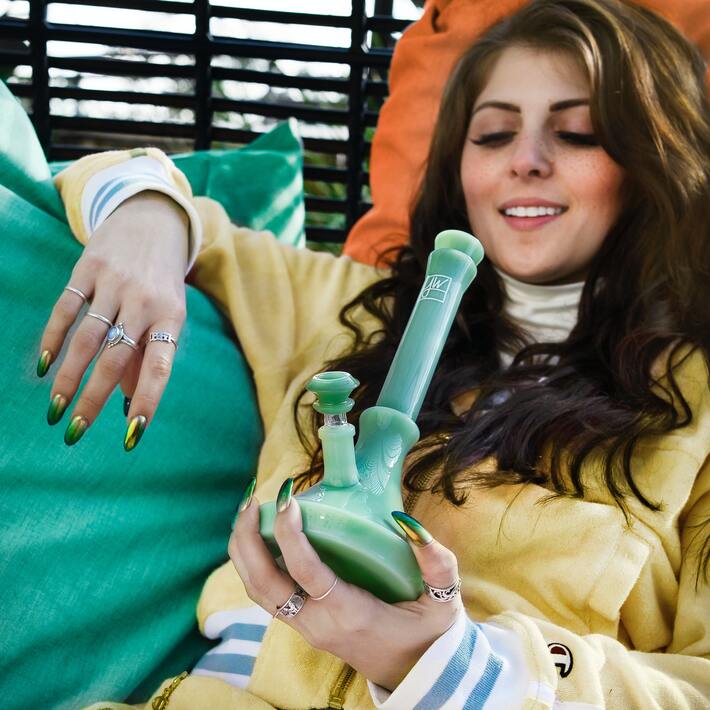
Brightfield believes cannabis innovation will grow in 2021 due to a number of states legalizing recreational and medical cannabis or have passed legislation to legalize it in the future.
US states that legalized recreational cannabis during the US presidential election:
- Arizona
- Montana
- New Jersey
US states that legalized medical cannabis during the US presidential election:
- Mississippi
US states that have passed legislation to legalize cannabis:
- South Dakota
Legalization across these US states shows a growing acceptance for cannabis, both recreationally and medicinally. An increase in legalization means an increase in money and competition.
The more money there is, the more funds brands, manufacturers, and researchers have to develop and create new and exciting cannabis products. Brands will also want to edge out the competition. Innovation is, therefore, important to each brand’s success going forward into 2021.
No-one wants to be left behind in this race.


